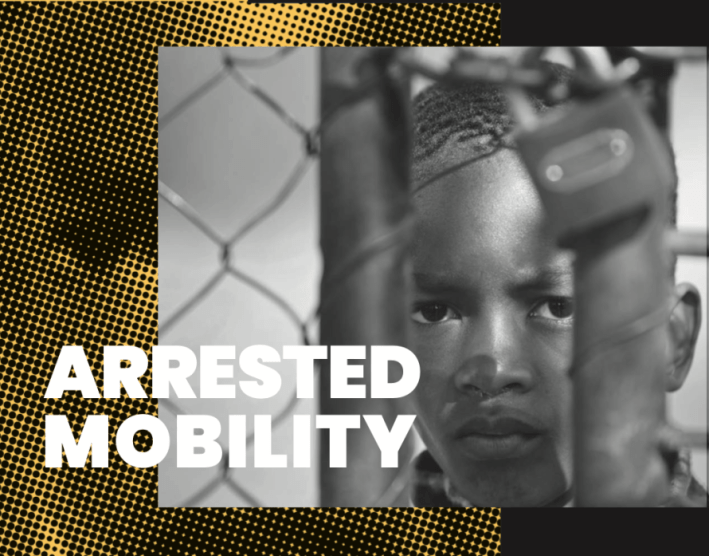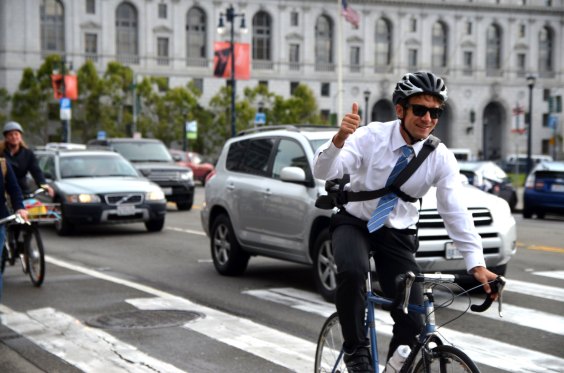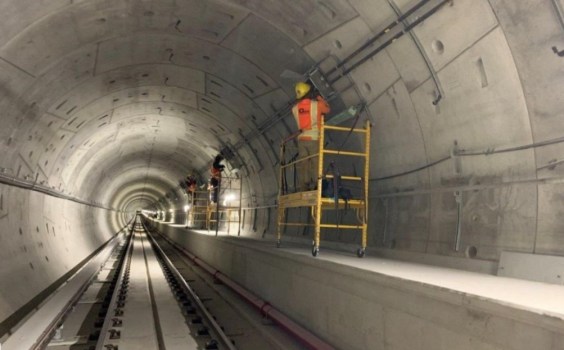
Networks of safe walking and biking infrastructure won't work very well if they're interrupted by bridges that are dangerous or stressful to cross. But when transportation agencies fix up bridges, their instinct is often to do the least for walking and biking that they can get away with.
Garrett Hennigan at the Washington Area Bicyclists Association reports that DC is attempting to sidestep complete streets policies at a couple of important bridges. He explains why it's so critical to design these crossings for all users:
Over the next few years, the District Department of Transportation (DDOT) has plans for substantial rehabilitation work on the aging Whitney Young Memorial (East Capital St.) Bridge and Roosevelt (I-66/US-50) Bridge. Opened in 1955 and 1964, both bridges are structurally deficient and in need of serious rehabilitation. These bridges are important links in the city’s highway network, yet due to insufficient design, they fail to connect gaps in the region’s trail network and perpetuate barriers to safe walking and biking. Despite the opportunity, DDOT’s plans consider non-motorized accommodations as “outside the scope of work.” As DDOT plans the rehabilitation of these bridges, it has a duty to correct the mistakes of the past and improve both bridges for safe non-motorized access.
Last week, WABA sent DDOT a letter outlining serious safety and access issues for people biking and walking on the Whitney Young and Roosevelt bridges. As DDOT moves forward with rehabilitation plans, it is imperative that the existing sidepaths see substantial improvement as well. Unlike roads, which get repaved every decade, bridges are built to last many decades. DDOT cannot let design decisions of the 1950s continue to limit DC’s future transportation choices. That’s common-sense and good policy. It is also a requirement of DDOT’s own Complete Street’s Policy (pdf) and a requirement of Title III of the Bicycle and Pedestrian Safety Act of 2015 which will become law in November (awaiting Congressional review).
Elsewhere on the Network today: Bike Portland reports on new Census data showing that Portland has sustained its recent increase in bike commuting. Mobility Lab considers the phenomenon of "trail towns," which benefit from their position along important tourist biking routes. And Systemic Failure says high salaries make for an easy scapegoat at BART, but there are two other more fundamental problems behind the agency's structural deficit.




